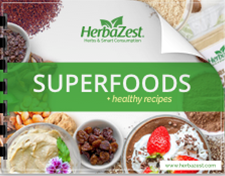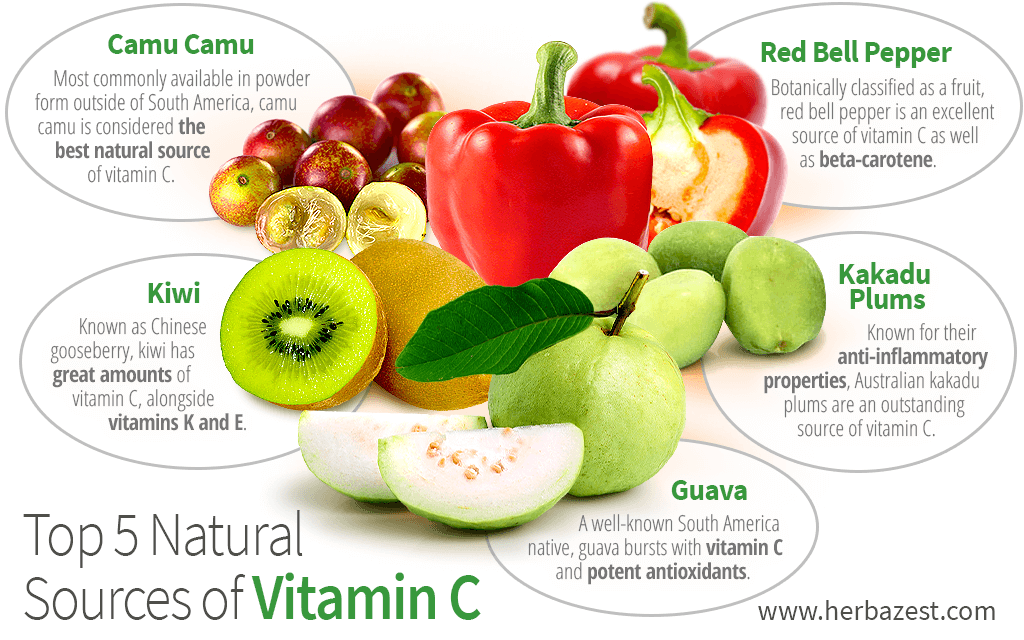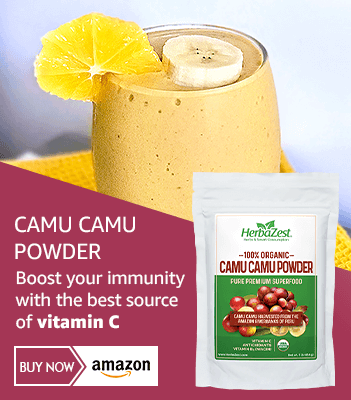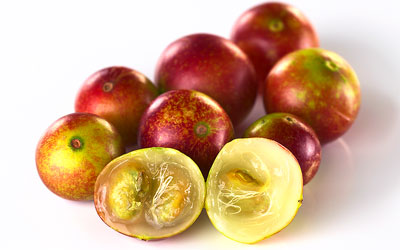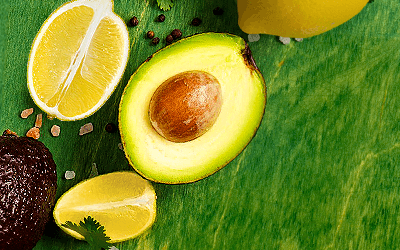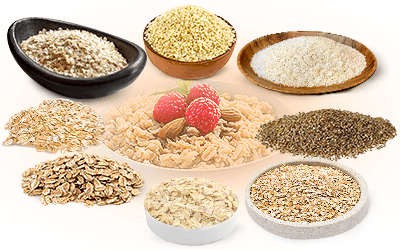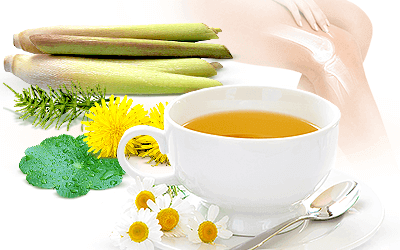Although essential, vitamin C is not stored in the body, so it's necessary to ingest it in order to maintain its optimal levels. Vitamin C supplements are widely available, but since this nutrient is present in so many different foods, it is very easy to reach your recommended daily intake through diet. While oranges are touted as the premier example of vitamin C rich foods, there are many other foods out there with much higher levels of the vitamin. Learn more about the top five natural vitamin C sources!
1. Camu Camu (Myrciaria dubia)
These reddish, cherry-shaped berries are native to South America, and are considered the most concentrated source of vitamin C. Their tart flavor is best enjoyed in smoothies, mixed with other fruits. Camu camu is gradually entering the markets outside of South America, most commonly in powder form.
2. Red Bell Pepper (Capsicum annuum)
Often overlooked in favor of other fruits, bell peppers are an incredible source of nutrients. In fact, a medium-sized bell pepper contains about 152 mg of vitamin C.1 They are also high in beta-carotene, a vitamin A precursor. Finally, bell peppers have the added advantage of being much lower in sugar than most fruits.
3. Kiwi (Actinidia deliciosa)
This humble little green fruit packs a punch all of its own in the nutrition department. In just one kiwi, there are 56 mg of vitamin C!2 It is native to China, and it is also known as Chinese gooseberry. Along with vitamin C, it has large amounts of vitamins K and E, in addition to being an excellent source of fiber.
4. Kakadu Plums (Terminalia ferdinandiana)
Found in northern Australia, the kakadu plum has long been used as bush food by natives and hunters. It contains astounding amounts of vitamin C as well as high levels of ellagic and gallic acids, two uncommon phytocompounds with potent anti-inflammatory properties. These unique properties may lead kakadu plums to become more popular in coming years.
5. Guava (Psidium guajava)
Another treasure from the Americas, guavas should be consumed with the skin. Although its vitamin C levels are not comparable to the other fruits on this list, it is by far one of the most vitamin C-rich citrus fruits. Guavas range in color depending on the exact variety, with their flavor also changing along the way.
When looking to increase vitamin C intake, it is worth keeping in mind that this vitamin is very unstable. As such, most sorts of cooking or processing will degrade it. Luckily, it is easy to consume fresh fruits and vegetables to obtain adequate amounts of the vitamin and ensure proper nutrition.
Sources
- Archivos Latinoamericanos de Nutricion, Nutritional composition and vitamin C stability in stored camu-camu (Myrciaria dubia) pulp. Archivos latinoamericanos de nutrición, 2000
- Australian Native Food Industry Limited, Kakadu Plum
- United States Department of Agriculture, National Nutrient Database for Standard Reference Release 27
Footnotes:
- U.S. Department of Agriculture. (2019). Peppers, sweet, red, raw. Retrieved October 25, 2021 from https://fdc.nal.usda.gov/fdc-app.html#/food-details/170108/nutrients
- U.S. Department of Agriculture. (2020). Kiwi fruit, raw. Retrieved October 25, 2021 from https://fdc.nal.usda.gov/fdc-app.html#/food-details/1102667/nutrients
